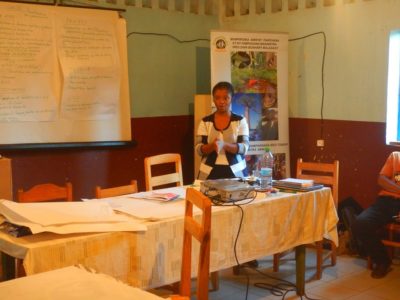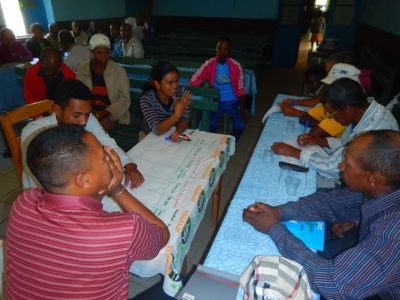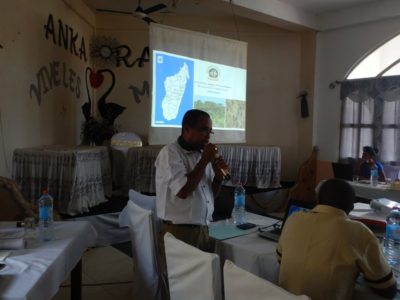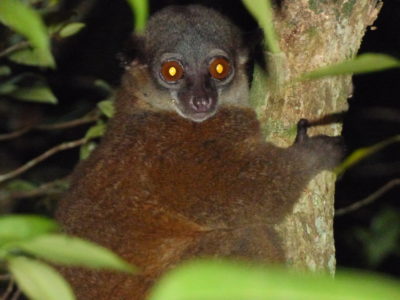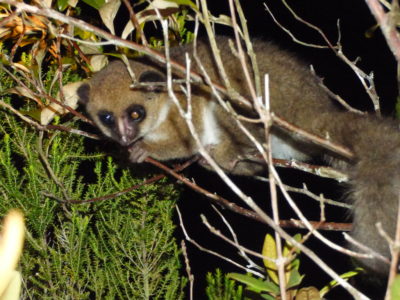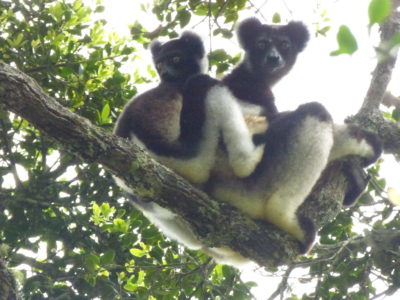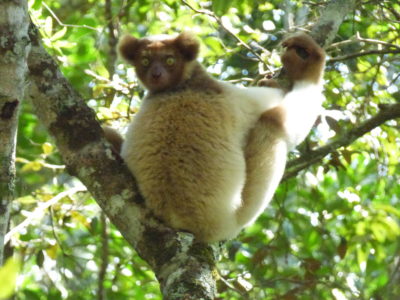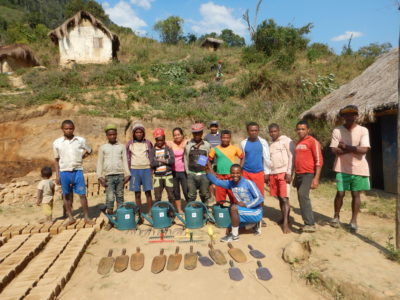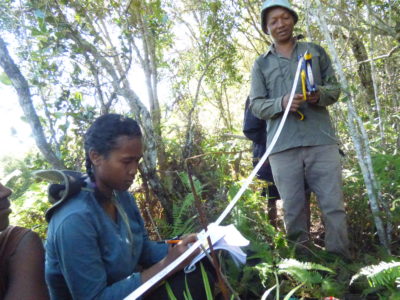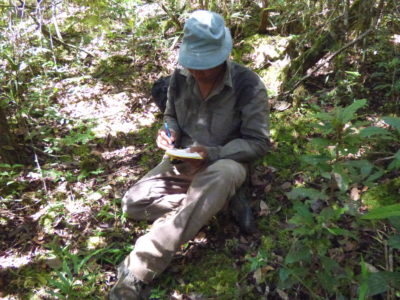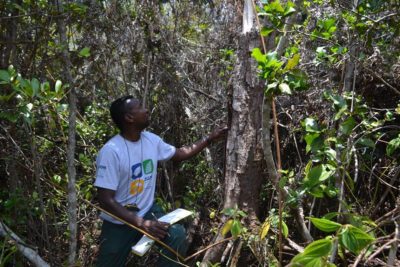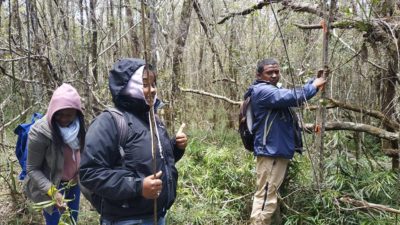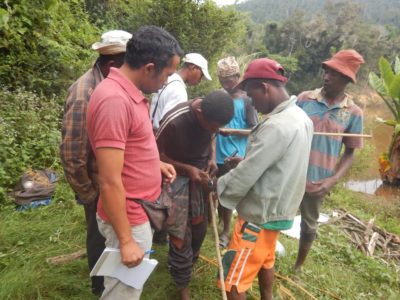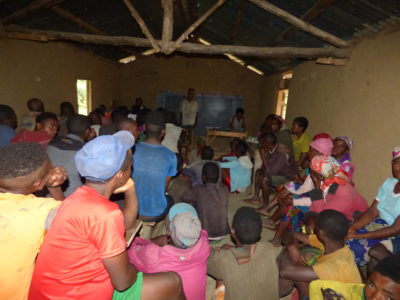The Lemur Conservation Network member of the month showcases our members’ work, and shares how we can help them in their battle for lemur conservation.
June 2019 is dedicated to Madagasikara Voakajy. We interviewed Jacyntha Ambinintsoa, the Project officer of Madagasikara Voakajy, who tells us all about their important work and how we can support them.
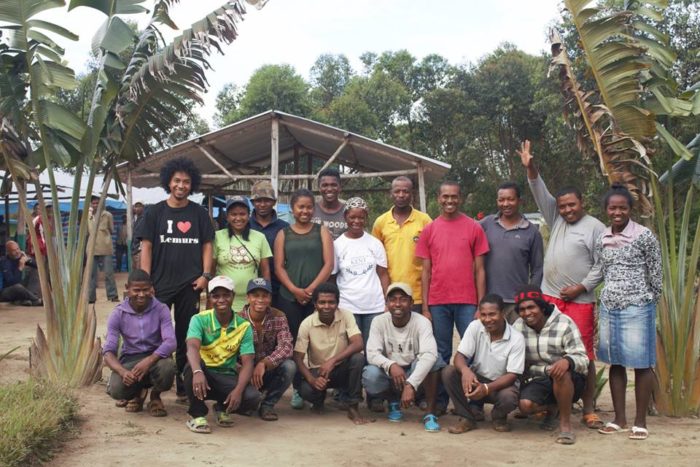
Tell us about the history of Madagasikara Voakajy.
Madagasikara voakajy (MV) is a Malagasy association dedicated to conserve the endemic and endangered species of Madagascar in order to develop Malagasy local community livelihood. MV was created in 2005 by a young Malagasy researcher.
Our work started with bats but now, MV has more than 20 projects related to other fauna and flora, including lemurs. We work with 5 different animal groups (Mammals, reptilian, Amphibia, Fish, and Birds) and also have a plant project for baobabs.
Where is Madagasikara Voakajy located?
MV’s office is based in Madagascar’s capital of Antananarivo. We have 3 other offices in 3 regions in Madagascar (Diana, Alaotra Mangoro, Menabe) and also work in 11 districts in 5 regions in Madagascar.
Which lemur species do you work with?
We work with 9 Lemur species: 5 nocturnal species including Eastern woolly lemur (Avahi laniger), Aye-Aye (Daubentonia madagascariensis), Goodman’s Mouse lemur (Microcebus lehilahytsara), Weasel sportive lemur (Lepilemus mustelinus), and Greater Dwarf lemur (Cheirogaleus major); and 4 diurnal species: Indri (Indri indri), Gray bamboo lemur (Hapalemur griseus), Diademed Sifaka (Propithecus diadema), and Brown lemur (Eulemur fulvus).
How does Madagasikara Voakajy help lemur conservation?
In addition to our research and conservation projects, we empower youth in the local communities to be ambassadors for lemurs.
We have a project funded by SOS: Save Our Species which trains youth for new agricultural techniques to be models in their community and be ambassadors of lemurs.
What are some of Madigasakara Voakajy’s recent achievements?
In September 2017, we finally got a picture of an Aye-aye by a Camera trap in Mangabe’s protected area after 3 years of setting up the Camera trap! Currently, Aye-ayes are victims of a cultural superstition in the region that we work. Even our local agent wouldn’t tell us during our surveys when they found Aye-ayes, because there’s a belief that seeing them is a sign of bad luck.
Also, in January 2018, we confirmed the presence of Weasel sportive lemur (Lepilemur mustelinus) in our protected area by a photo that we received during an ecological research of lemurs in the north part of Mangabe protected area.
What are some of your goals and expectations for the future?
We hope to set up a database of the lemur populations to see the trends in habitat loss. This will make conservation decisions in the co-joint protected area of Mangabe more efficient.
What do you need donations for right now?
We need donations to allow us to make a survey to see population trends by radio-tracking. For that we need to set up radio (VHF) collars to one individual for each group. This will help us make conservation decisions more efficiently and provide quantitative data about the population of Lemurs in MV’s protected areas.

